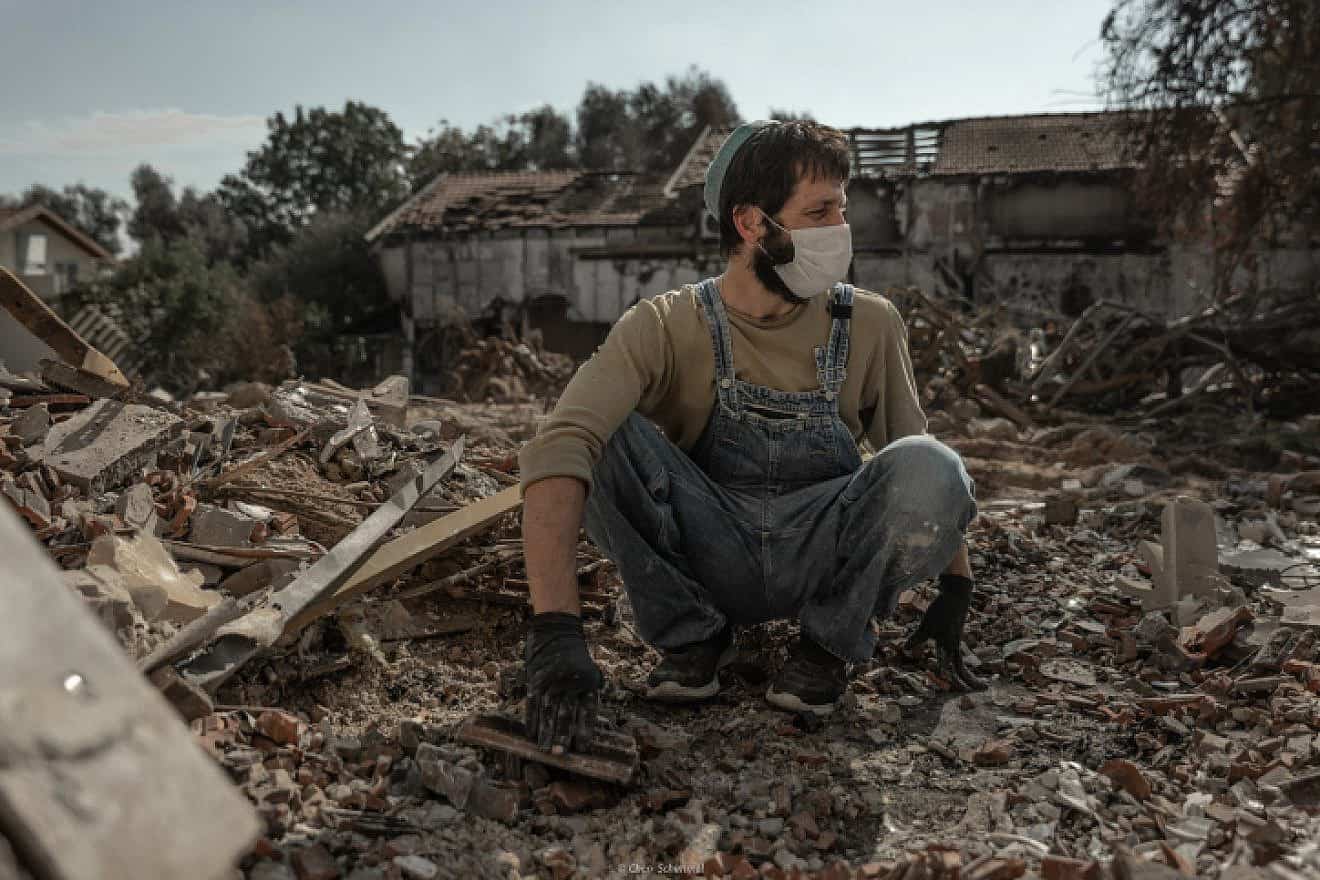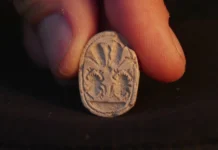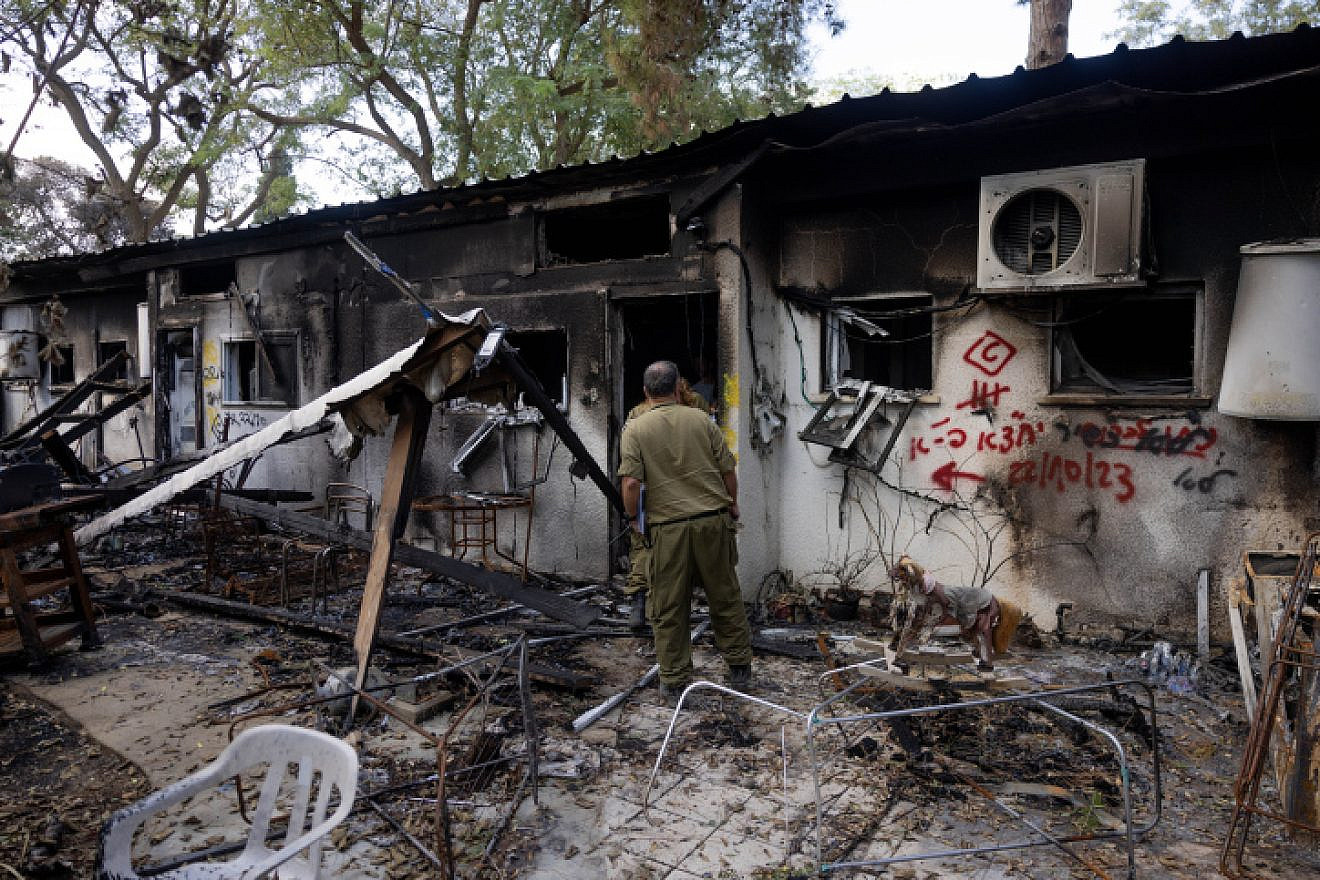An internal IDF document revealing that the army is ready to allow the return of residents to some communities in the “Gaza Envelope,” the area along the border with the Hamas-run terrorist enclave, has angered local authorities in the region.
Leaders of these regional councils said it’s too early to allow residents back as the threat from Hamas still exists, Channel 12 reported on Saturday.
“We will not allow the return of the residents until the security threat is removed as we were promised,” the heads of councils responded in a letter to Gaza Division commander Brig. Gen. Avi Rosenfeld.
Among the localities whose residents would likely be allowed to return are 10 kibbutzim: Be’eri, Erez, Karmia, Kfar Alumim, Kfar Aza, Magen, Nir Am, Nir Yitzhak, Yad Mordechai and Zikim.
Those who choose to return could do so without giving up financing provided for staying in hotels, the report said. (Some 250,000 Israelis have been displaced by the war, many housed in hotels across the country.)

“Until we can feel safe, we’re not going to go back there,” Adele Raemer, from Kibbutz Nirim, told JNS.
Raemer hid with her son for eleven hours inside a safe room as terrorists infiltrated her community and tried to break into her house.
“We do have individuals who have returned to communities for work purposes, but I cannot imagine that a family with children in the communities within mortar and close rocket range [of the Gaza Strip] would consider returning at this point,” she said.
Kibbutz Nirim, about four miles directly east of the Gaza city of Khan Yunis, was spared the worst of the slaughter, (five persons were killed, some of them guests), while Be’eri lost more than 100 and Kfar Aza more than 70.
“To think families from Kfar Aza or Be’eri [would return]—where so many people were slaughtered, so many homes totally destroyed, is out of my realm of reality,” Raemer said.
“People will not return to live there before Hamas and its military capabilities are destroyed and we can have the safety that anyone living in the center of the country has, to let their children play on the lawn, go to a friend’s house or ride their bikes without threat of rockets or infiltration. Oct 7 can never happen again,” she said.
Neta Heyman’s mother, Ditza, 84, was kidnapped from Kibbutz Nir Oz and freed on Nov. 28 as part of the hostage deal. Neta told JNS that as far as her mother’s kibbutz is concerned, there’s no question of returning, because “the kibbutz is destroyed.”
One in four of Kibbutz Nir Oz’s 400-member community was either killed or abducted on Oct. 7. It didn’t appear on the list of communities the IDF deemed safe for residents.
“We who live there remember the kalaniot—'[poppy] anemonies’— speech that then-[IDF] Chief of Staff Benny Gantz gave, enabling families to return in the middle of the 2014 war, and then 4-year-old Daniel Tragerman was killed in his home,” Raemer said.
She was referencing Gantz’s go-ahead for residents of the Gaza Envelope to return home during a fragile ceasefire with Hamas 20 days before the end of Israel’s “Operation Protective Edge.”
“It’s a hot summer here. Autumn will follow. The rain will wash away the dust from the tanks. The fields will turn green, and ‘Red South’ in the positive sense of the word, of anemones, flowers and stability, will be here and will be here for many, many years to come,” Gantz said on Aug. 6, 2014.
Sixteen days later, Tragerman was killed by shrapnel at his home in Kibbutz Nahal Oz when a mortar shell hit, part of a barrage fired from the Gaza Strip.


























